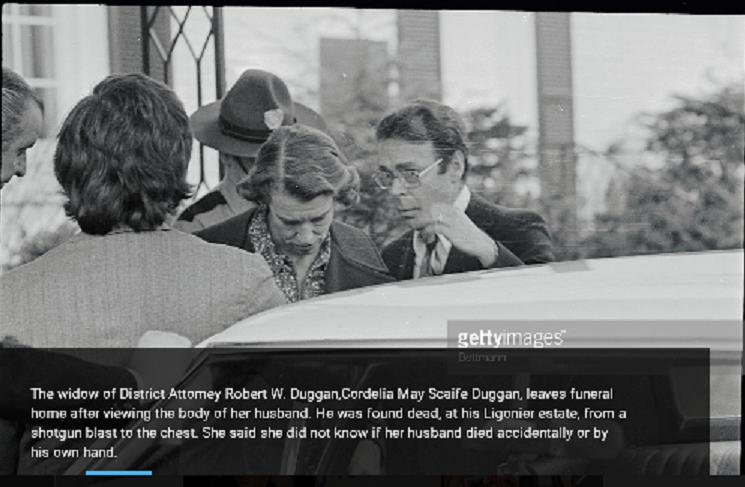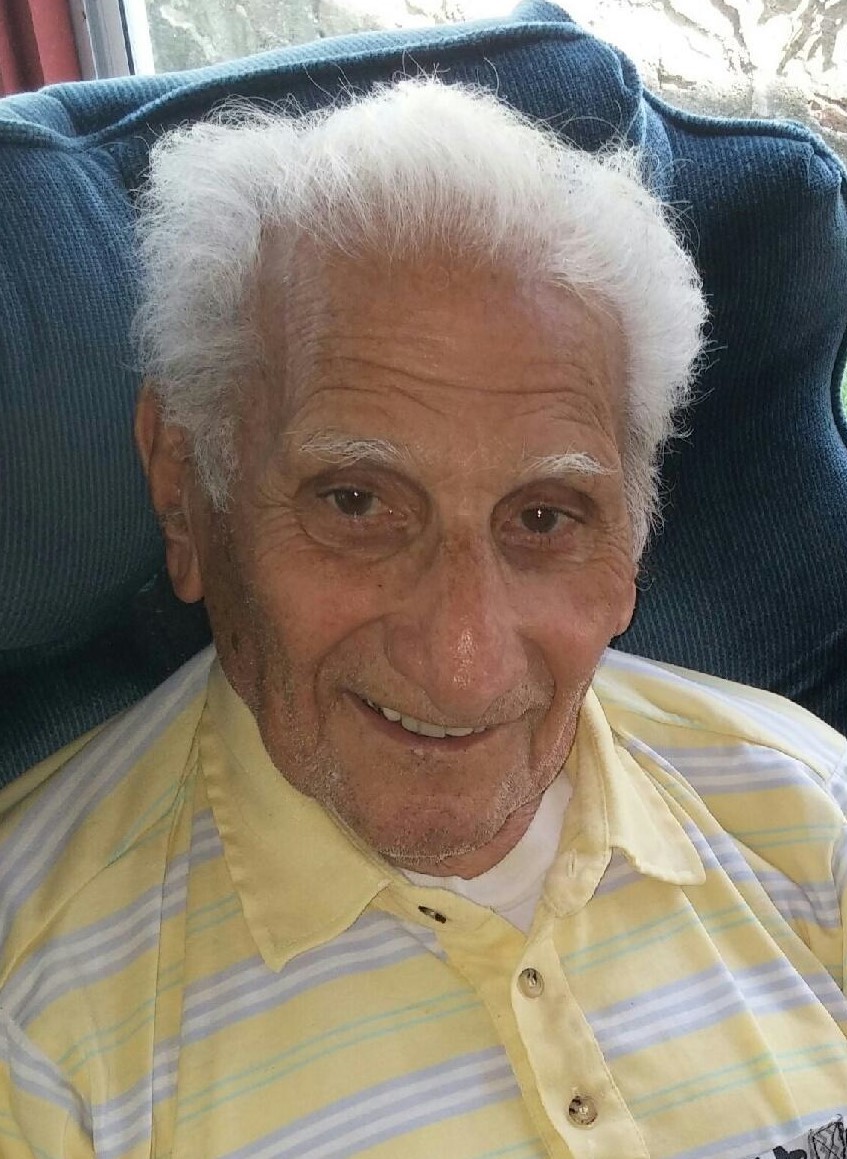

Next came George and Mary Ann Catling who had moved across the road from the Six Bells. The new people were George (25) and Mary (29) Jackaman who stayed until 1875. They were still there in the 1868 directory, but come the 1871 census they had moved on – back to the Swan. The next family shown at the Boar is in the 1864 Suffolk directory is Edmund Nice and wife Eliza (Orfford), who had come from the Swan public house in the village. Later that year two of the children George, 5, and Ellen, 14 months, died. William Bullock was named as publican at a baptism of that year, and in the census of 1861 he, aged 38, is shown living with wife Sarah, 30, and three children. In 1855 Ziba Sones held the licence for the Boar, but possibly Ann Lake carried on working there as when she died in 1857, aged 77, new people moved in. In 1850 the daughter Emily Lake had married Ziba Sones an attorney’s clerk who worked for Samuel Golding, a solicitor who built and lived in the Grove. The census of 1851 shows that Ann now a widow lived with daughter Maria (24), John Foulsham (7), her grandson, and a hostler, John Landymore (19). The following year Thomas Lake died but county directories of 18 show that his wife Ann Lake carried on the business at the Blue Boar. Also lodging there was Thomas Vincent, a horse breaker (25). The census of 1841 shows Thomas, aged 60, living at the Boar with wife Ann (50), and daughters Ann (15), Maria (14), and Emily (9). In 1832 another innkeeper is named, Thomas Lake. In 18 Nathaniel Mayhew is named as a publican possibly running the Boar with his wife Ann. The baptism records occasionally gave the occupation of the father. Mention of another innkeeper appeared in a Bury Post of October 1813, in a report that a sale of household effects and forty dozen old ports was to take place at the Blue Boar, the property of Mr. Village records show that the previous year he and his wife Ellener (Last) had baptised a child. The first mention of an innkeeper at the Boar was in a Bury Post dated 3rd November 1790 when details was given of the estate and effects of one Henry Wenlock of the Blue Boar.



It was most probably established long before that time. There are references to it in late 18C newspapers when notice was given of auctions of land, property, and belongings to be held there. It was built as a private house and became an inn at a later unknown date. This property, built c.1420, is one of the oldest buildings in the village. There were three other premises selling alcohol that we know existed in the village, the Blue Boar that is still trading, and the Swan and the Golden Lion that are now residential properties. In the September 2001 issue of the Review we looked at the histories of the Chequers, Four Ashes, Cherry Tree, and Six Bells. Pubs, Past and Present – A History of Drinking in Walsham le Willows (Part Two)


 0 kommentar(er)
0 kommentar(er)
